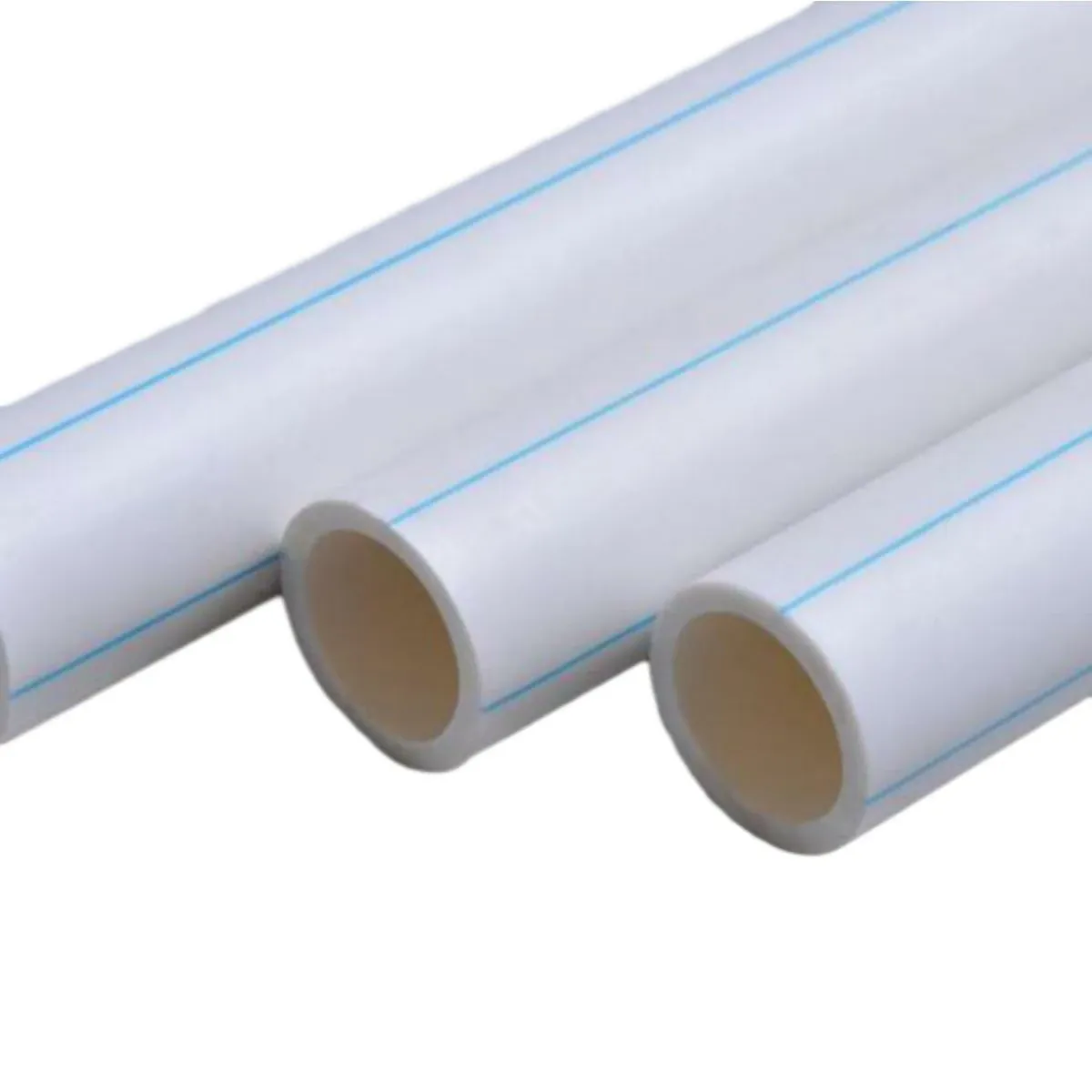Dec . 10, 2024 05:59 Back to list
hdpe pipe sizes and dimensions factories
Understanding HDPE Pipe Sizes and Dimensions
High-Density Polyethylene (HDPE) pipes have become a popular choice in various industries due to their durability, corrosion resistance, and lightweight properties. One of the critical aspects of HDPE piping systems is understanding the different sizes and dimensions available, which can significantly impact the installation and functionality of the piping system. This article aims to provide an overview of HDPE pipe sizes and dimensions, the factors influencing their selection, and the relevance of factories producing these pipes.
The Basics of HDPE Pipe Sizes
HDPE pipes come in a range of sizes, typically measured in nominal pipe sizes (NPS) or outer diameter (OD) and wall thickness. Standard sizes are defined by various organizations, including the American National Standards Institute (ANSI), American Society for Testing and Materials (ASTM), and various International standards. The diameters of HDPE pipes can range from a few millimeters to several meters.
The sizes are generally classified as follows
1. Small Diameter Pipes Typically ranging from 32mm to 160mm. These pipes are commonly used for residential applications, such as drainage and irrigation systems.
2. Medium Diameter Pipes Ranging from 200mm to 600mm, these pipes are ideal for municipal water supply, gas distribution, and other applications requiring moderate volumes.
3. Large Diameter Pipes Often exceeding 600mm, large HDPE pipes are used for sewer systems and industrial applications, where high-volume fluid transport is necessary.
Manufacturers often offer a wide range of sizes, catering to different market needs, from small contractors to large-scale infrastructure developers.
Dimensions Pressure Ratings and Wall Thickness
When discussing dimensions, pressure ratings associated with HDPE pipes are paramount. HDPE pipes are categorized under various pressure ratings, identified as SDR (Standard Dimension Ratio). SDR is the ratio of the pipe's outer diameter to its wall thickness. For example, a pipe with an SDR of 11 would be thicker than one with an SDR of 17 for the same outer diameter. The lower the SDR number, the thicker the pipe walls, thus implying a higher-pressure capacity.
Factors such as the type of application, expected pressure conditions, and environmental factors influence the choice of SDR
. It's critical to consult industry standards and specifications when selecting HDPE pipes for specific applications to ensure safety and efficiency.hdpe pipe sizes and dimensions factories

Factors Influencing Pipe Selection
Several factors must be taken into account when choosing the appropriate HDPE pipe sizes and dimensions
1. Application Requirements Understanding the application - whether it's for potable water, wastewater, or industrial uses - helps determine the required size and pressure rating.
2. Flow Rate The expected flow rates — how much fluid will pass through the pipe over a specific time — directly influences the pipe diameter to ensure adequate performance.
3. Installation Environment Consideration of the ground conditions, potential for soil movement, and environmental factors such as temperature and moisture levels are crucial when selecting pipe dimensions.
4. Regulatory Standards Adhering to local, national, and international regulations will impact the sizes and standards of pipes used, ensuring that the installation meets legal requirements.
The Role of Factories in Pipe Production
HDPE pipe factories play a vital role in the supply chain of HDPE products. These factories employ advanced manufacturing techniques, ensuring consistent quality and adherence to specifications. The selection of raw materials and the control of production processes are crucial, as they determine the overall quality and longevity of the pipe.
Furthermore, factories often offer custom solutions to meet unique project requirements. By collaborating with clients, manufacturers can provide tailored pipe sizes and modifications that fit specific applications while meeting regulatory standards.
Conclusion
In summary, understanding HDPE pipe sizes and dimensions is essential for selecting the right piping solution for various applications. With diverse options available, manufacturers play a critical role in ensuring the supply of high-quality pipes that meet industry standards. By considering factors such as application requirements and environmental conditions, users can effectively choose the best HDPE pipes to meet their needs, contributing to reliable and efficient fluid transportation systems.
-
High-Quality PVC Borehole Pipes Durable & Versatile Pipe Solutions
NewsJul.08,2025
-
High-Quality PVC Perforated Pipes for Efficient Drainage Leading Manufacturers & Factories
NewsJul.08,2025
-
High-Quality PVC Borehole Pipes Durable Pipe Solutions by Leading Manufacturer
NewsJul.08,2025
-
High-Quality PVC Borehole Pipes Reliable PVC Pipe Manufacturer Solutions
NewsJul.07,2025
-
High-Quality UPVC Drain Pipes Durable HDPE & Drain Pipe Solutions
NewsJul.07,2025
-
High-Quality Conduit Pipes & HDPE Conduit Fittings Manufacturer Reliable Factory Supply
NewsJul.06,2025

